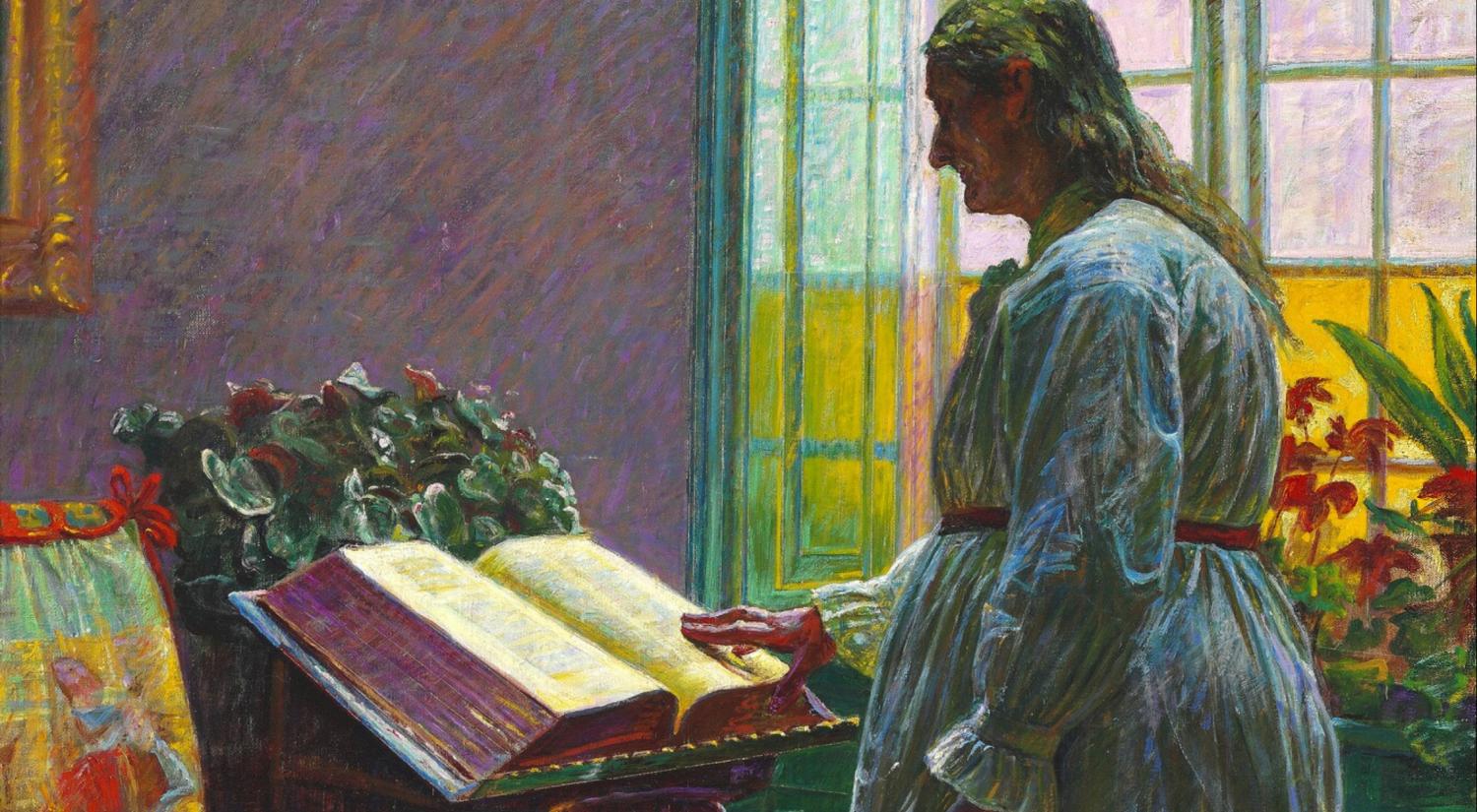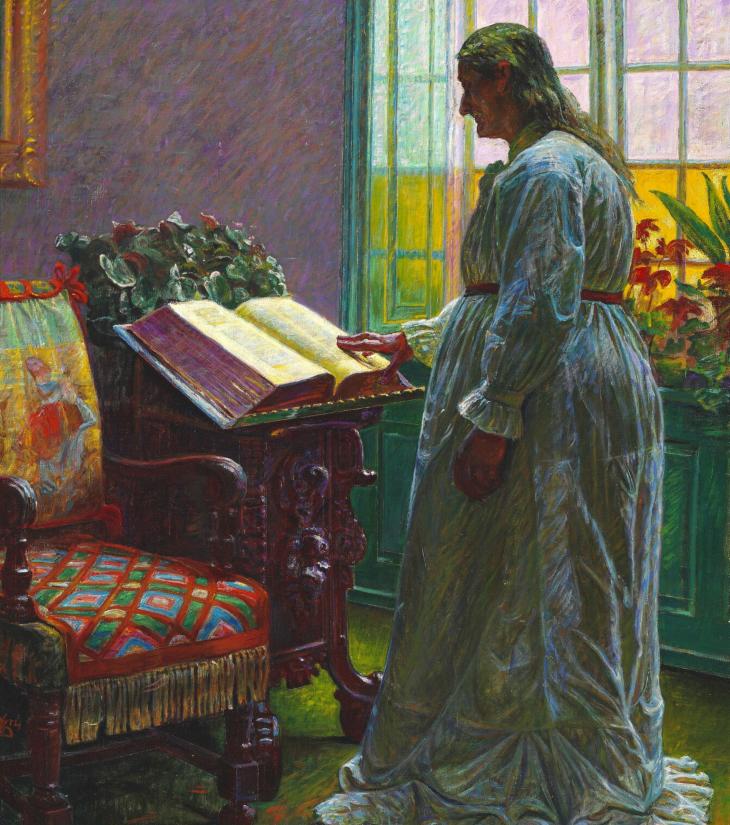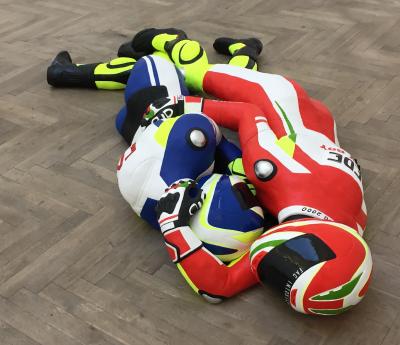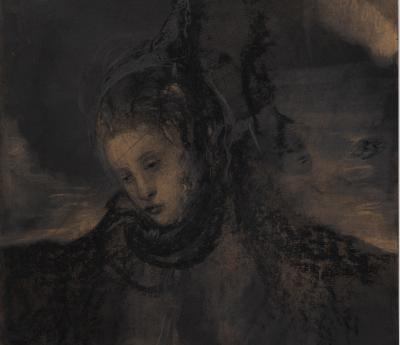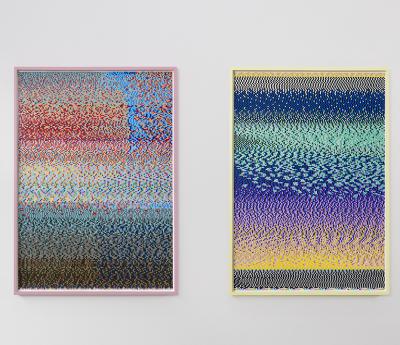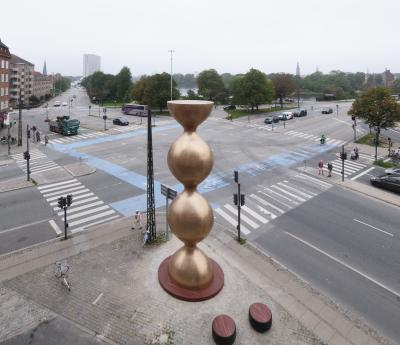Kristian Zahrtmann was born on the Danish island of Bornholm in 1843 and trained at the Royal Danish Academy of Fine Arts, studying under Vilhelm Marstrand and Frederik Vermehren, among others. He is considered one of the most important artists of the Modern Breakthrough; not only for his renewal of historical painting and his prolific production over almost five decades but also for his role as a mentor to later artists such as Oluf Hartmann and Sigurd Swane. The donation supports the efforts to shed light on and study the work of an artist who deserves greater attention.
Historical heroine
Kristian Zahrtmann’s interest in Leonora Christina was catalysed by the publication of her autobiographical work Jammers Minde (Misery Recollected) in 1869. Hundreds of years after her death, the morganatic daughter of the king almost seems to have returned from the dead to clear her name of the accusations that led to her miserable exile. Jammers Minde made a big impression on a Danish audience that in the mid 19th century was feeling the sting of the defeat to Germany and saw this pain mirrored in Leonora Christina’s conflict with her German-born sister-in-law Sophie Amalie. For Zahrtmann, the interest became a life-long fascination that resulted in more than 20 paintings of Leonora Christina.
Historical painting through a psychological lens
During the second half of the 19th century, modernism had its breakthrough in Denmark. Among contemporary impressionist landscapes and realistic urban images, Zahrtmann’s paintings stood out, grappling with the old genre of historical paintings but also deviating radically from the sombre and mythologizing images of the past. In Zahrtmann’s work, historical figures were presented in intimate portrayals highlighting their individual personalities and mutual relationships. With inspiration from sources such as Jammers Minde, the characters were not merely portrayed as iconic figures from the pages of history books but appeared as real human beings, for better and worse.
Leonora Christina i Maribo Kloster shows the king’s daughter after she had been transferred from Blåtårn (Blue Tower) in Copenhagen to the converted former monastery, now a home for unmarried ladies of rank, on the Danish island of Lolland. She holds her head high and is of strong build, bearing a striking resemblance to portraits of Christian IV. As in several other paintings by Zahrtmann she is portrayed while reading. A choice that underscores her cultured background and literary intellect, which she preserved throughout the bitterness of her exile.
For the collection
Fuglsang Kunstmuseum’s paintings by Zahrtmann span the full extent of his life-long practice. In this context, Leonora Christina i Maribo Kloster is an important addition that helps tie the other works together and elucidates his late work and its influence on subsequent generations of artists.
‘In our view, this is an exceptional work of art that balances the tight, almost architectural composition with a lush, rich palette. The colours are still tied to the motif, but much more loosely than in Zahrtmanns earlier oeuvre, which points forward to his youngest students, who went even further in liberating colour from form – and to other artists in the museum’s collection, including Oluf Hartmann,’ says Anne Højer Petersen, director of Fuglsang Kunstmuseum.
